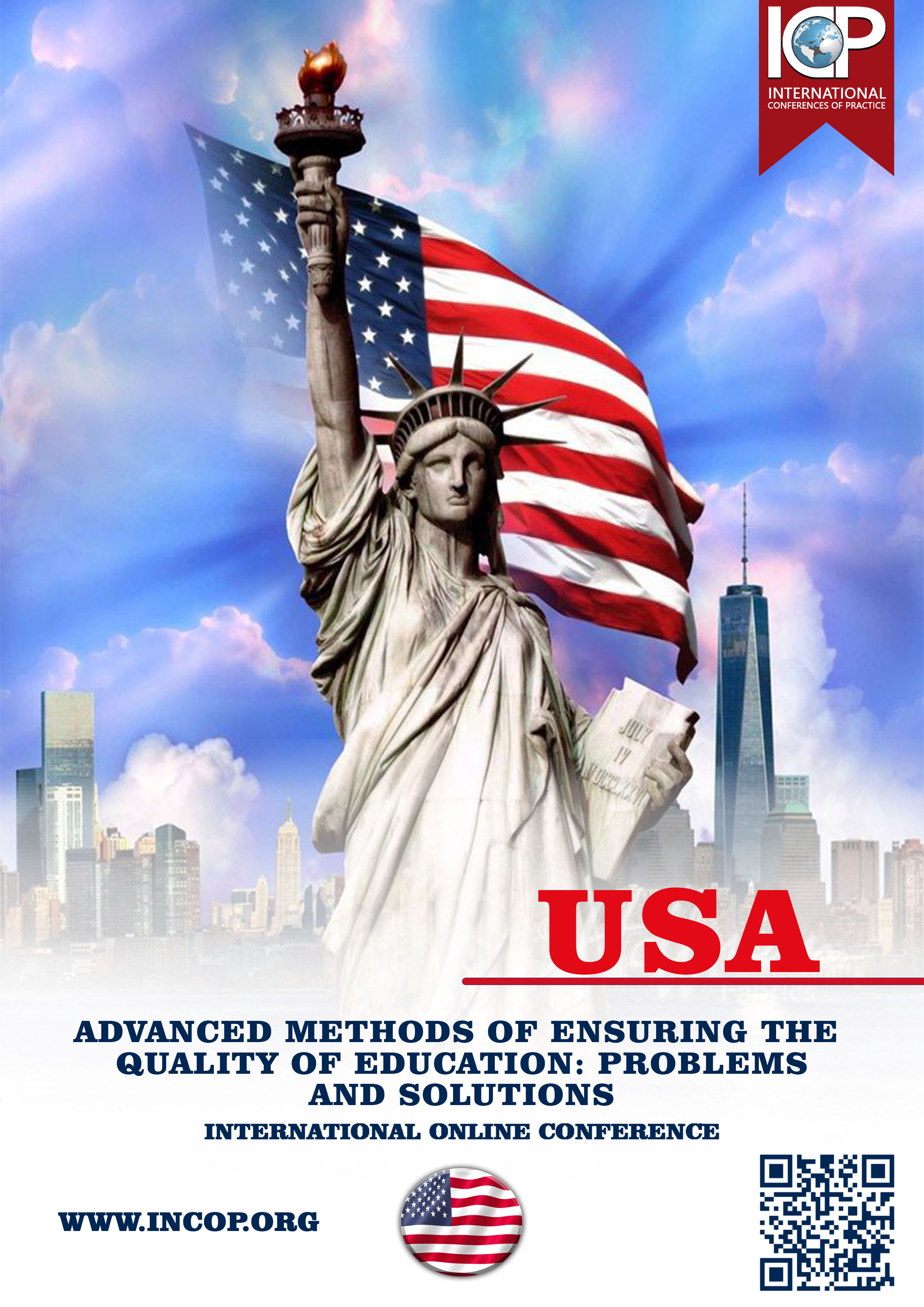USING LAMMPS AND PYMOL TO MODEL BIMETALLIC CLUSTERS
Abstract
In recent years, bimetallic clusters have gained prominence in materials science due to their unique catalytic, electronic, and optical properties. To accurately model these systems, computational tools like LAMMPS and PyMOL are invaluable. LAMMPS (Large-scale Atomic/Molecular Massively Parallel Simulator) excels in molecular dynamics simulations, providing insights into the dynamics and interactions of atoms within bimetallic clusters. PyMOL, a powerful molecular visualization tool, aids in the analysis and interpretation of these simulations by creating detailed 3D models. This article explores the capabilities of LAMMPS and PyMOL, detailing their use in modeling bimetallic clusters, and provides a step-by-step guide on integrating these tools to achieve comprehensive simulations and visualizations.
References
1. Plimpton, S. (1995). "Fast Parallel Algorithms for Short-Range Molecular Dynamics." Journal of Computational Physics, 117(1), 1-19.
2. Schrodinger, L. (2020). PyMOL User Manual. Schrödinger, LLC.
3. Rappe, A. M., Casewit, C. J., Colwell, K. S., Goddard, W. A., & Skiff, W. M. (1992). "UFF, A Full Periodic Table Force Field for Molecular Mechanics and Molecular Dynamics Simulations." Journal of the American Chemical Society, 114(25), 10024-10035.
4. Van Duin, A. C. T., Dasgupta, S., Lorant, F., & Goddard, W. A. (2001). "ReaxFF: A Reactive Force Field for Hydrocarbons." Journal of Physical Chemistry A, 105(41), 9396-9409.
5. Gofurovich, T. A. (2024). HARNESSING PROGRAMMING LANGUAGES FOR CONTROLLING MODERN DEVICES. Synergy: Cross-Disciplinary Journal of Digital Investigation (2995-4827), 2(6), 109-112.
6. Ikromjonovich, I. N. (2024). APPLICATION OF TECHNICAL SOFTWARE IN THE PROCESS OF MODELING THE INTERACTION PROCESSES OF LOW-ENERGY CLUSTERS. Journal of Adaptive Learning Technologies, 1(2), 1-3.
7. Makhamatovich, R. A., Ikromjonovich, I. N., Ugli, M. Y. E., & Muhammadovich, M. F. (2024). BIMETALLIC CLUSTERS AND AREAS OF THEIR APPLICATION. Al-Farg’oniy avlodlari, 1(1), 147-150.
8. G‘ofurovich, T. X. A. Esonali o ‘g ‘li, MY (2022). Computer Using Dynamic System Modelling Environments. Journal of Ethics and Diversity in International Communication, 2(2), 9-13.
9. Okhunov, M., & Minamatov, Y. (2021). Application of Innovative Projects in Information Systems. European Journal of Life Safety and Stability (2660-9630), 11, 167-168.
10. Minamatov, Y. E. U. (2021). APPLICATION OF MODULAR TEACHING TECHNOLOGY IN TECHNOLOGY. Scientific progress, 2(8), 911-913.
11. Минаматов, Ю. (2021). УМНЫЕ УСТРОЙСТВА И ПРОЦЕССЫ В ИХ ПРАКТИЧЕСКОЙ ЭКСПЛУАТАЦИИ. Eurasian Journal of Academic Research, 1(9), 875-879.
12. Mamadalieva, L. K., & Minamatov, Y. E. (2021). High Efficiency of a Photoelectric Converter in a Combined Design with a Thermoelectric Converter. Middle European Scientific Bulletin, 19, 178-186.
13. Kamiljanovna, M. L. (2021). Analysis of the Results of the Study of the Thermoelectric Part of the Source Sensor. Middle European Scientific Bulletin, 19, 191-196.
14. G‘ofurovich, T. X. A., & Esonali o‘g‘li, M. Y. (2022). Computer Using Dynamic System Modelling Environments. Journal of Ethics and Diversity in International Communication, 2(2), 9-13.
15. Minamatov, Y. E. O. G. L., & Nasirdinova, M. H. Q. (2022). APPLICATION OF ICT IN EDUCATION AND TEACHING TECHNOLOGIES. Scientific progress, 3(4), 738-740.
16. Avazjon o‘g‘li, V. D., & Esonali o‘g‘li, M. Y. (2022). Prospects for the Development of the 3D Modeling Process. Texas Journal of Engineering and Technology, 7, 78-79.
17. Komiljonovna, M. L., & Esonali o’g’li, M. Y. (2022). Adjuster Synthesizing for the Heat Process with Matlab. Texas Journal of Engineering and Technology, 7, 63-66.
18. Avazjon o‘g‘li, V. D., & Esonali o‘g‘li, M. Y. (2022). Use and Importance of Three-Dimensional Images in Fields. Journal of Ethics and Diversity in International Communication, 2(2), 1-4.


